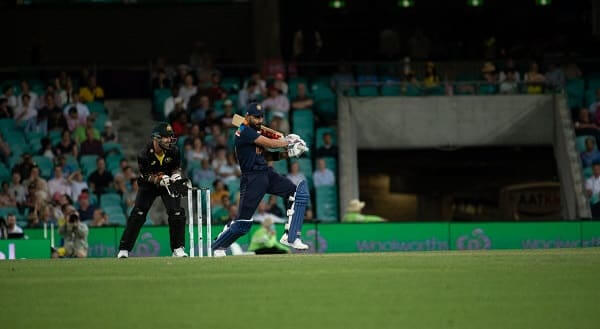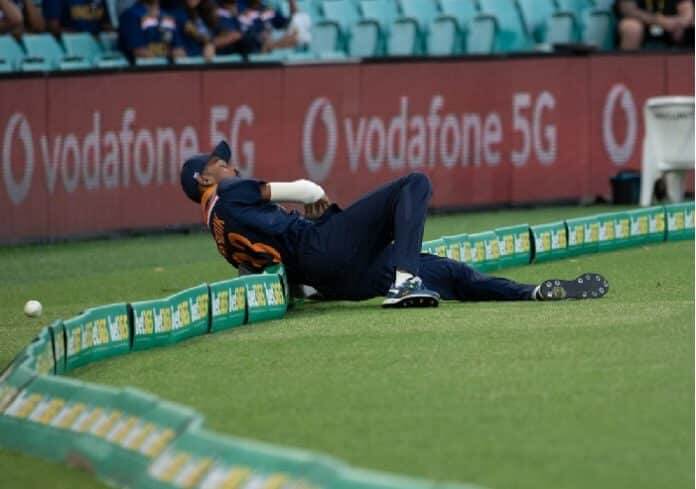For once, India return to Australia as the holders of a Border-Gavaskar Trophy contested in Australia, but curiously, India are far from being favourites. Squad changes within both teams heavily favour Australia this series, while India has had zero exposure to long-form cricket since COVID-19 emerged. Yet with the limited overs series now done and dusted, India are in the unusual position of entering the Test series with competitive international cricket under their belt already on this tour. The jump from limited overs cricket to Test cricket is a large one, but not so large that some lessons cannot be learned.
Smith and Warner are (seriously) back
If the Indian players were in any doubt regarding the form of Messrs Smith and Warner following their long breaks, those were quashed in the ODI series, where each of Warner and Smith plundered the generally lacklustre Indian bowlers. Warner smashed two blistering fifties (though is in doubt for the first Test having picked up a groin injury during the second ODI), while Smith notched up, in consecutive innings, his two fastest-ever ODI tons.
If that were not daunting enough for the Indians, they will also need to conquer Marnus Labuschagne, Australia’s best find of the last two years. After a breakout Ashes series in 2019 where Labuschagne was the first-ever concussion substitute in a Test match, Labuschagne is now one of the first names on the team sheet, such has been his meteoric rise. The third-ranked batsman in Test cricket – behind only Smith and Kohli – Labuschagne could well be Australia’s answer to Pujara this summer.
READ ALSO: Capacity crowd at SCG a reminder of what sport has to give

India’s bowling lacks bite
In the 2018-19 Border Gavaskar Trophy Test series, Bumrah looked nigh unplayable; the polite fast bowler picked up a series-topping 21 wickets, and bowled more overs than any other quick across both teams. Since then though, Bumrah picked up a stress fracture in his lower back that has threatened to derail his stunning career to date.
In his only two Tests since returning from that injury, Bumrah picked up 6 wickets at 31 apiece, 11 higher than his career average of 20. The number is even more concerning in ODIs, where he has taken 5 wickets at nearly 100 runs a wicket (ODIs). That includes his 4 wickets in the recent ODI series against Australia, which came at an average of 50.
With Bumrah out of sorts and without the control of Ishant Sharma, India’s attack suddenly looks a shadow of its 2019 self. Umesh Yadav, who averages 46 with the ball in Australia, is the likely third seamer behind Bumrah and Shami, while Navdeep Saini and Mohammad Siraj, each of whom have so far struggled at the international level, are the reserves.
A long summer of drops may await
If there’s one thing post-COVID cricket has taught us, it is that fielding and catching are the first skills to have departed international cricketers during their time away from the game. Australia and India both underwhelmed in the field in the recent ODI and T20 series, but if anything symbolised India’s efforts, it was captain Kohli himself.

Normally one of the more reliable and electric fielders in world cricket, Kohli’s white-ball series were scattered with errors; letting balls go through his legs, regularly missing his shies at the stumps, and even dropping two regulation catches that any competent under-14 cricketer would have taken in their sleep.
It would be unfair though, to single out Kohli: catching and fielding standards have fallen in international matches across the world, perhaps a symptom of COVID-weary cricketers being, for once, unaccustomed to the periods of long concentration required when fielding at the highest levels of the game. In the first Test between New Zealand and the West Indies for instance, New Zealand dropped perhaps ten catches.
Fielding is not a skill that returns overnight, and for those in the Border Gavaskar Trophy Test squad who did not play in the limited overs series (being the majority of the team), even longer has the break been between international matches. Drops and misfields may be largely fleeting and even inconsequential in the shortest forms of the game, but in a Test series – no less a four-Test series – they can be physically and mentally debilitating.
How well each team supports its bowlers in the field could go a long way to determining the outcome of the series – and the blood pressure of the respective captains.
READ ALSO: Aus V Ind ODI series 2020: Pandya the shining light in underwhelming start for India




